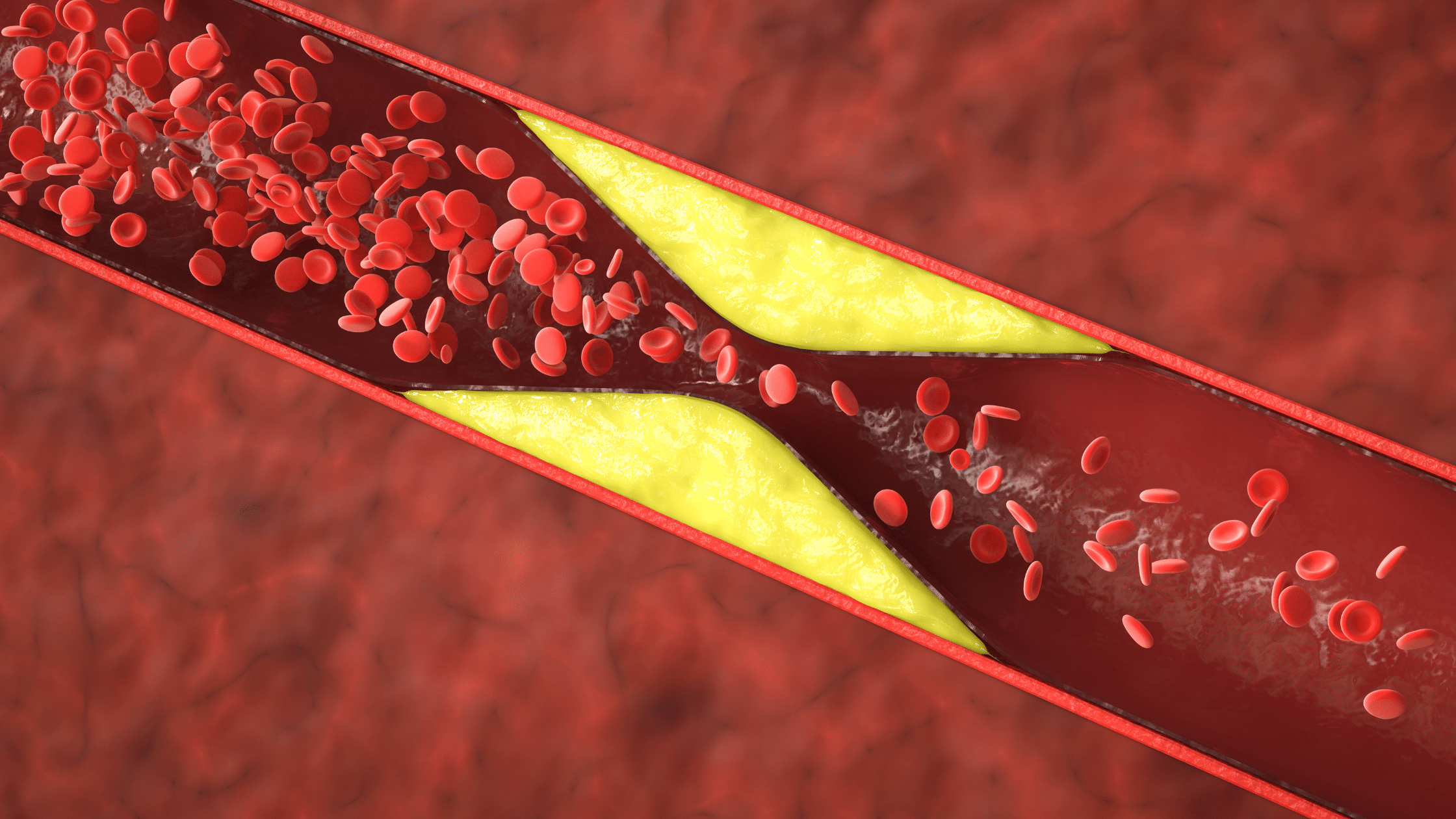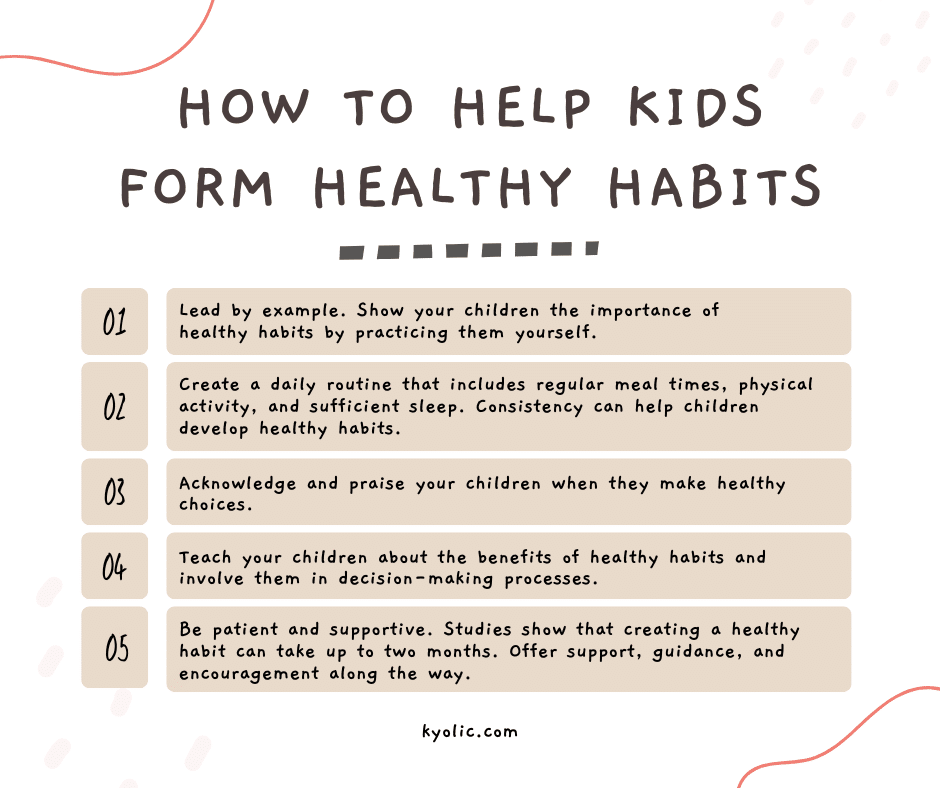Plant-Based Protection for Better Immunity
Creating and maintaining a lifetime of immune protection starts with plants. To be more precise, it begins with a special type of compound that’s naturally found in plants, including many fruits, nuts, seeds, veggies, vegetable oils, and whole grains.1 These compounds, called sterols and sterolins, support a strong immune system primarily through their ability to modulate the body’s immune response. They accomplish this by enhancing the way certain immune cells work—specifically supporting T-cell proliferation and natural killer cell activity. They also regulate the balance of T-helper (Th1) cytokines—substances that promote an immune response against pathogens like viruses and bacteria, as well as some types of cells that have been damaged. One specific plant sterol, known as β-sitosterol, even improves the body’s response to viral infections and vaccines.2
Plant sterols can also help reduce whole body inflammation by inhibiting proinflammatory cytokines and enzymes.3 This matters because, over time, this type of silent inflammation can contribute to many chronic diseases like cardiovascular disease, diabetes, neurodegenerative disorders, and autoimmune issues.4
If that weren’t enough, many researchers also believe that these multitasking compounds boost our mitochondrial function—those tiny powerhouses inside our cells that produce the energy they need to carry out a multitude of functions. This, in turn, can reduce unstable molecules called reactive oxygen species (ROS) that can damage DNA, proteins, and lipids in the body when levels are too high.5,6 What’s more, sterols and sterolins help the immune system regulate itself by “upregulating” an underactive immune response or “downregulating” an overactive one. This maintains immune balance rather than simply keeping your immune system on high alert at all times.2
Getting Your Daily Dose
Since so many foods we eat contain sterols and sterolins, you might assume you could get all you need from diet alone. But here’s the rub…while balancing your immune system requires 2 g of phytosterols per day, most of us only get 150-450 mg of phytosterols a day from the food we eat. Even a vegan diet, which is typically higher in phytosterols, provides just 500–1,000 mg per day. To put it another way, you’d have to eat about 13 cups of almonds or 55 large bananas to get the optimal daily dose! 2 Fortunately, there’s an easier way to meet your immune system’s needs—no bananas required!
When paired with a plant-forward diet, a supplement can help you reach your daily goal. But it’s smart to review the Supplement Facts panel on the label to ensure that it lists both plant sterols and sterolins. This is because, when found in nature, plants never just contain sterols; they are always associated with their glucoside sterolin. It’s also a good idea to check the ratio of sterols to sterolins since research shows that a 100:1 ratio provides the best immune-modulating activity.7,8
Pump Up Your Protection Even More with These Healthy Habits
As effective as plant sterols and sterolins are for keeping your immune system in top form, it’s important to remember that nothing works in isolation. Pairing your daily supplement with the following common sense lifestyle strategies can bring your immune system to the next level.
Maintain a healthy lifestyle. Eating a balanced diet, getting regular exercise, managing stress, and getting enough sleep are all important for supporting your immune system.9
Practice good hygiene. Frequently washing your hands with soap and water, especially before eating or touching your face, can help prevent the spread of germs and reduces the chances of getting sick.10 The sweet spot? Twenty seconds per scrub, or the amount of time it takes to sing the Happy Birthday song twice.
Take care of your teeth and gums. Brushing and flossing can prevent harmful bacterial that can contribute to periodontal disease. Studies show that chronic periodontal disease can trigger systemic inflammation and may even contribute to coronary heart disease.11
If you smoke, take steps to quit. Smoking causes inflammation throughout the body. This can disrupt the normal functioning of the immune system. According to research, tobacco smoke triggers damaging free radicals and negatively impacts T cells function. This can affect both adaptive immunity (the type you acquire after exposure to pathogens) and innate immunity (the kind you’re born with).12 When you quit, your immune system begins to improve significantly within a matter of months.
Limit alcohol consumption. Alcohol, when consumed in large amounts, can weaken your immune system, making you more susceptible to infections. 9 Chronic heavy drinking also affects the body’s ability to heal and recover from injuries or illnesses.13 Moderation is key to helping maintain a healthy immune system.
Because plant sterols and sterolins play such an important role in supporting a healthy immune system, making sure you’re getting enough can help to keep you healthy your whole life. And that means loading up on phytosterol-rich foods and taking a daily plant sterol and sterolin supplement. It’s one of the best things you can do to ensure—and enjoy—a long and healthy life!









